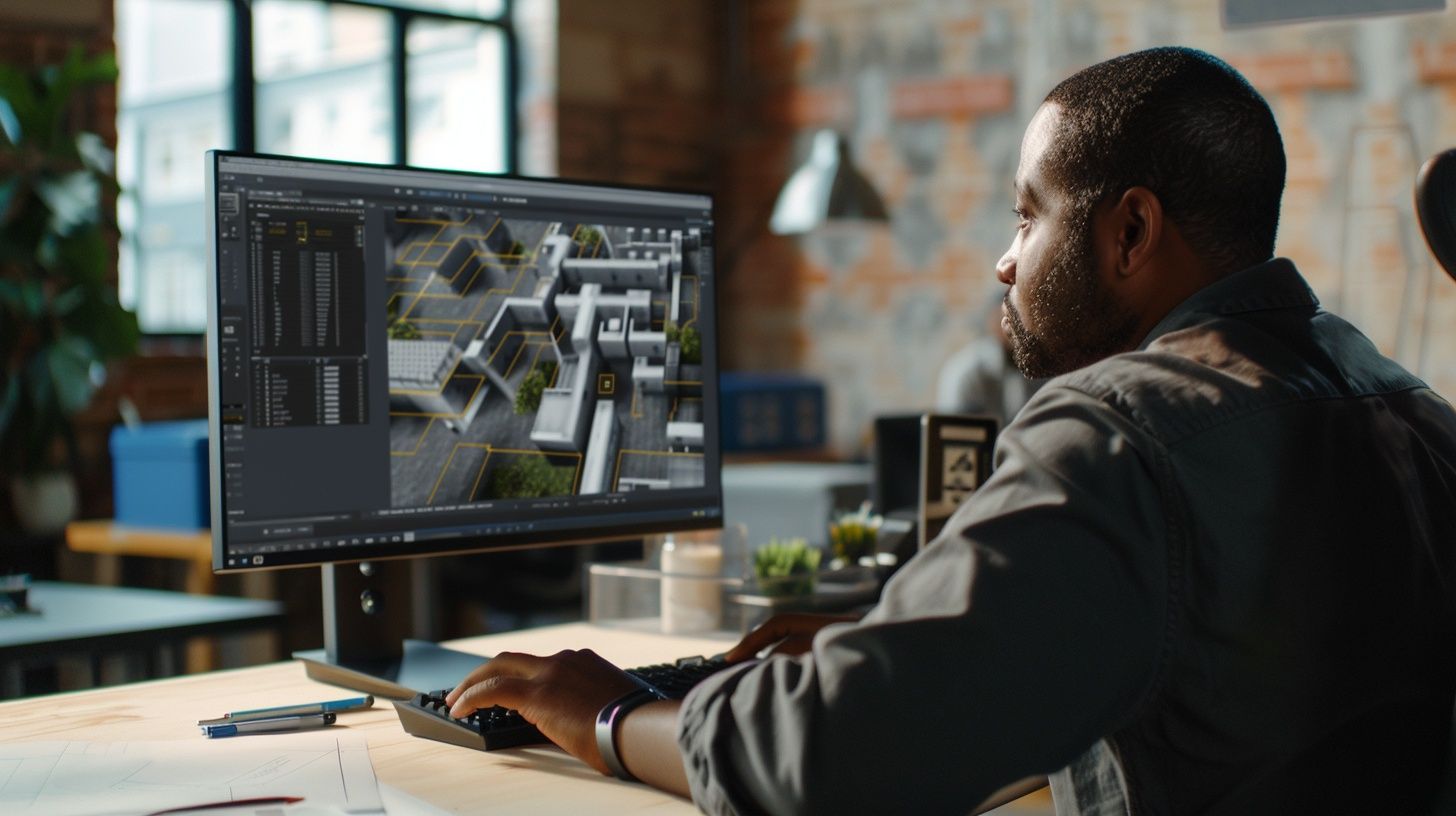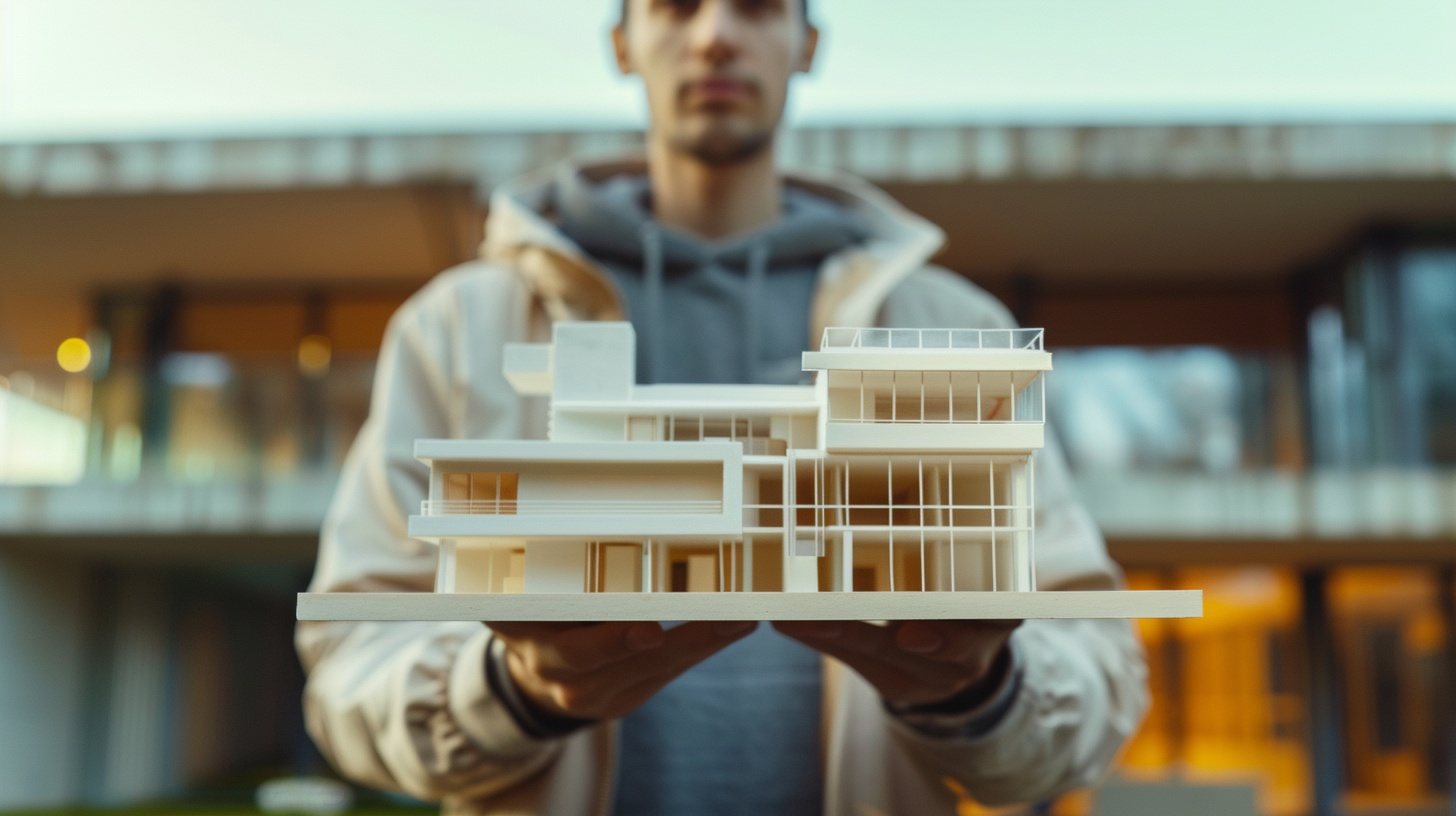
What Is the Intersection of Art and Architecture
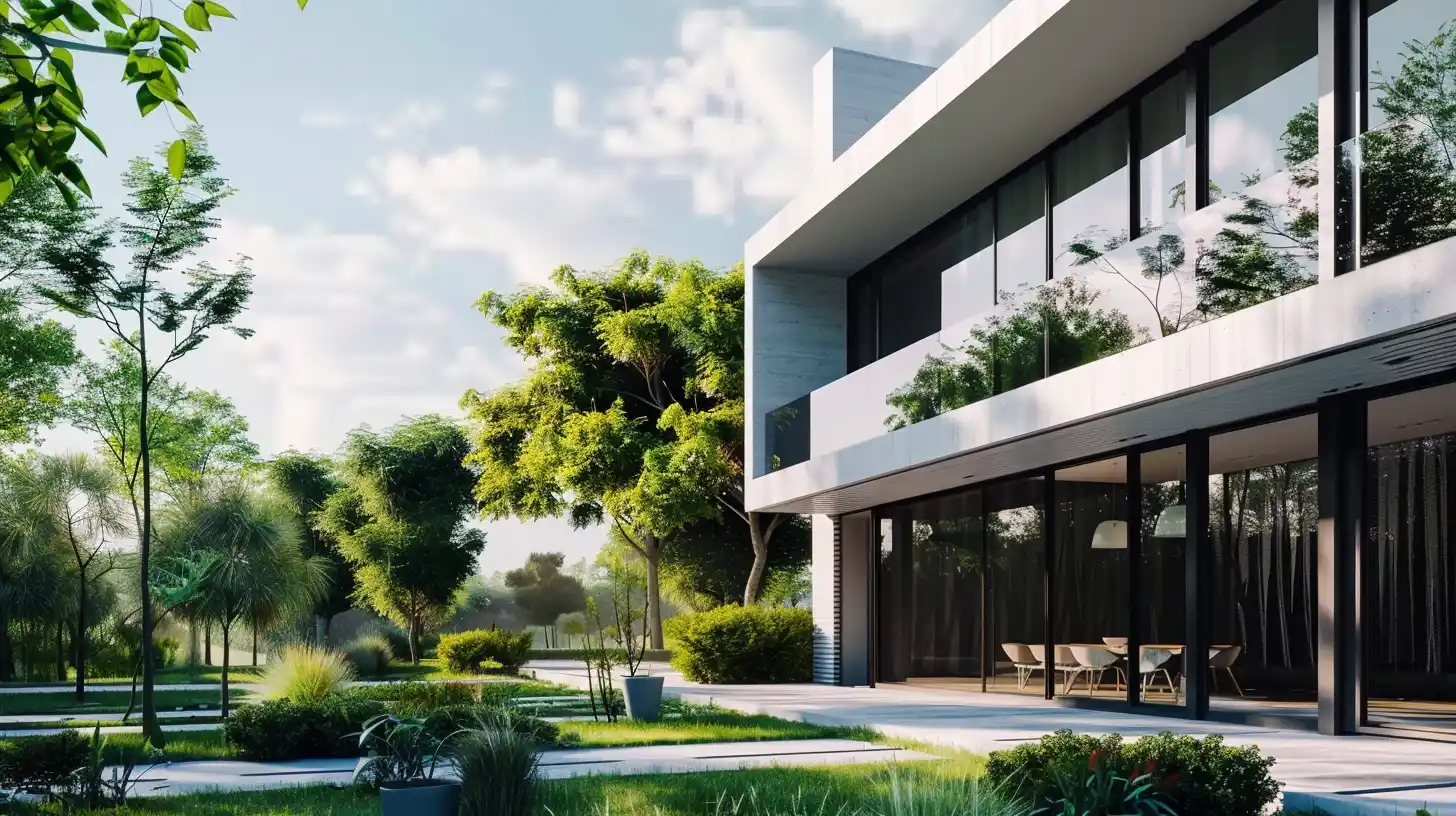
In the world of design, where creativity meets functionality, the intersection of art and architecture stands as a captivating realm of innovation and inspiration. This fusion goes beyond mere construction; it delves into the realms of emotion, community, and cultural identity, shaping our built environment in profound ways. So, what exactly does it mean when we talk about the intersection of art and architecture, and how does it influence design trends?
Art in architecture isn’t merely about adding aesthetic embellishments to buildings; it’s about imbuing spaces with meaning, expression, and soul. From the grandeur of ancient cathedrals adorned with intricate sculptures to the sleek lines of modern skyscrapers showcasing abstract installations, art has always been an integral part of architectural expression. This symbiotic relationship between art and architecture enriches our urban landscapes, turning them into living canvases that reflect the essence of human creativity.
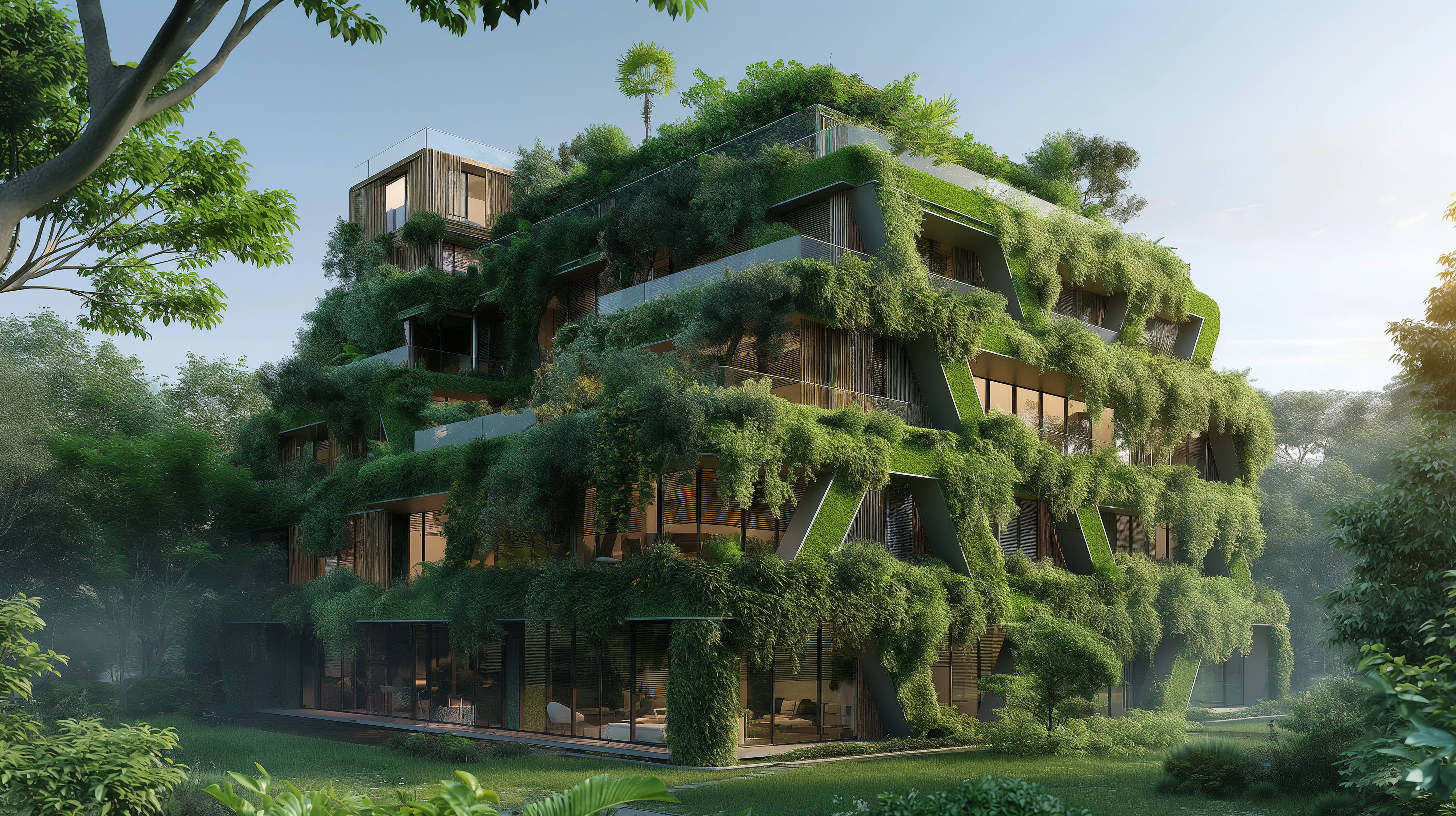
Connection Between Art and Architecture
But what’s the connection between these two seemingly distinct disciplines? Architecture itself is often regarded as a form of art, where designers employ elements of creativity, mathematics, and physics to craft structures that not only serve practical functions but also evoke emotional responses. The bond between art and architecture is deep-rooted, stemming from a shared ethos of creation and expression. Just as a painter uses brushstrokes to convey emotions on a canvas, an architect utilizes space, form, and materiality to evoke similar sentiments in the built environment.
Its Influence
In recent years, the influence of art on architectural design has become more pronounced, giving rise to inspiring trends that redefine our perception of space and structure. Conceptual art, for instance, has been a driving force behind architectural innovation, prompting designers to explore unconventional forms and challenge traditional notions of aesthetics. This shift towards conceptual thinking has led to the emergence of buildings that are not just functional entities but experiential journeys, where every curve and angle tells a story.
Moreover, the role of sustainability and environmental consciousness cannot be overstated in the realm of art-infused architecture. As society grapples with the challenges of climate change and resource depletion, architects are increasingly turning to art-inspired solutions that prioritize eco-friendly materials, passive design strategies, and green technologies. This holistic approach to design not only reduces the environmental footprint of buildings but also fosters a deeper connection between occupants and their surroundings.
Artistic Innovations in Architectural Design
In the ever-evolving landscape of architectural design, artistic innovations play a pivotal role in shaping the way we perceive and interact with our built environment. From avant-garde installations to bold experiments in form and function, designers are constantly pushing the boundaries of creativity to redefine the aesthetic and experiential aspects of architecture.
Public Art Installations
One of the most prominent trends at the intersection of art and architecture is the proliferation of public art installations that breathe new life into urban landscapes. These installations, often commissioned as part of large-scale development projects or urban revitalization initiatives, serve as focal points for community engagement and cultural expression.
From towering sculptures to interactive multimedia installations, public art transcends traditional boundaries to create immersive experiences that resonate with diverse audiences. Whether it’s a vibrant mural adorning a city block or a kinetic sculpture animating a public plaza, these artistic interventions infuse our urban fabric with a sense of vibrancy and vitality.
Innovative Materials and Techniques
Innovation lies at the heart of artistic expression in architecture, driving designers to explore novel materials and construction techniques that challenge conventional norms. From sustainable alternatives to traditional building materials to cutting-edge digital fabrication methods, architects are embracing technology and creativity to realize their visionary concepts.
One notable trend is the use of recycled and upcycled materials in architectural projects, reflecting a growing awareness of sustainability and environmental stewardship. By repurposing discarded materials such as reclaimed wood, salvaged metal, and recycled plastics, designers can reduce waste and minimize the ecological footprint of their projects while adding a unique aesthetic dimension to their designs.
Conceptual Architecture
Conceptual architecture represents a departure from conventional approaches to design, emphasizing the primacy of ideas and concepts over formal aesthetics. Rooted in philosophical inquiry and artistic experimentation, conceptual architecture seeks to provoke thought, evoke emotions, and challenge preconceived notions of space and form.
Architects working in this realm often draw inspiration from diverse sources, including art movements, cultural phenomena, and existential philosophy. By translating abstract concepts into tangible spatial experiences, they create environments that engage the senses and stimulate the intellect, blurring the boundaries between art and architecture in the process.
Collaborative Design Practices
Collaboration lies at the heart of artistic innovation in architecture, bringing together multidisciplinary teams of architects, artists, engineers, and craftsmen to realize ambitious design visions. By harnessing the collective expertise and creativity of diverse stakeholders, designers can transcend individual limitations and achieve truly transformative outcomes.
In collaborative design practices, the exchange of ideas and perspectives is paramount, fostering a culture of experimentation and exploration. Whether it’s a collaborative workshop where ideas are brainstormed and prototypes are built or a joint venture between architects and artists to create site-specific installations, these collaborative endeavors enrich the design process and elevate the final outcome.
Artistic Solutions for a Greener Future
In an era defined by pressing environmental challenges, the intersection of art and architecture has emerged as a crucible for innovative solutions that prioritize sustainability and ecological responsibility. From passive design strategies to renewable energy systems, designers are harnessing the power of creativity to forge a path towards a greener and more resilient built environment.
Eco-Friendly Materials and Techniques
One of the hallmarks of sustainable architecture is the use of eco-friendly materials and construction techniques that minimize environmental impact and maximize resource efficiency. Architects are increasingly turning to renewable resources such as bamboo, cork, and rammed earth, as well as low-impact building methods such as modular construction and prefabrication.
These materials not only reduce carbon emissions and waste generation but also contribute to healthier indoor environments by minimizing the use of toxic chemicals and volatile organic compounds. By embracing the principles of cradle-to-cradle design and lifecycle assessment, designers can ensure that their projects are not only aesthetically compelling but also ecologically responsible.
Passive Design Strategies
Passive design strategies leverage the natural elements of sun, wind, and water to create comfortable and energy-efficient spaces without the need for mechanical heating or cooling systems. From orientation and shading to natural ventilation and thermal mass, architects are integrating passive design principles into their projects to optimize energy performance and enhance occupant comfort.
By incorporating features such as green roofs, rainwater harvesting systems, and daylighting strategies, designers can reduce energy consumption, mitigate urban heat island effects, and promote biodiversity in the built environment. These sustainable interventions not only minimize the environmental footprint of buildings but also foster a deeper connection between occupants and the natural world.
Adaptive Reuse and Historic Preservation
In an age of rapid urbanization and development, adaptive reuse and historic preservation offer compelling alternatives to demolition and new construction. By repurposing existing buildings and revitalizing historic landmarks, designers can breathe new life into neglected urban fabric while preserving valuable cultural heritage and embodied energy.
From industrial warehouses transformed into vibrant mixed-use developments to historic landmarks reimagined as creative hubs and cultural institutions, adaptive reuse projects celebrate the intrinsic beauty and character of existing structures while embracing the imperatives of sustainability and resilience. By embracing the principles of adaptive reuse and historic preservation, designers can create more resilient, resource-efficient, and socially inclusive built environments that stand the test of time.
Community Engagement and Social Equity: Building for All
At the heart of sustainable architecture lies a commitment to community engagement and social equity, ensuring that the benefits of design innovation are shared equitably among all members of society. By involving stakeholders in the design process, architects can co-create spaces that reflect the diverse needs, aspirations, and cultural identities of local communities.
From participatory design workshops and community charrettes to inclusive design strategies and universal accessibility standards, designers are fostering a culture of collaboration and empowerment that puts people at the center of the design process. By prioritizing social sustainability alongside environmental stewardship, architects can create more resilient, inclusive, and livable communities that enrich the human experience.
Conclusion
The intersection of art and architecture offers boundless opportunities for creativity, innovation, and positive change. By embracing sustainability, harnessing community engagement, and honoring cultural heritage, designers can create spaces that not only inspire awe and wonder but also foster a deeper connection to the natural world and to one another.
We hope this article has provided you with valuable insights into the transformative potential of art-infused architecture and the pivotal role it plays in shaping a more sustainable, equitable, and resilient future. If you’re inspired to embark on your own architectural journey or explore the possibilities of art-infused design, don’t hesitate to reach out to Designs Boss, our team of expert architects and designers is here to guide you every step of the way.
Latest

What Makes a Good Architectural University
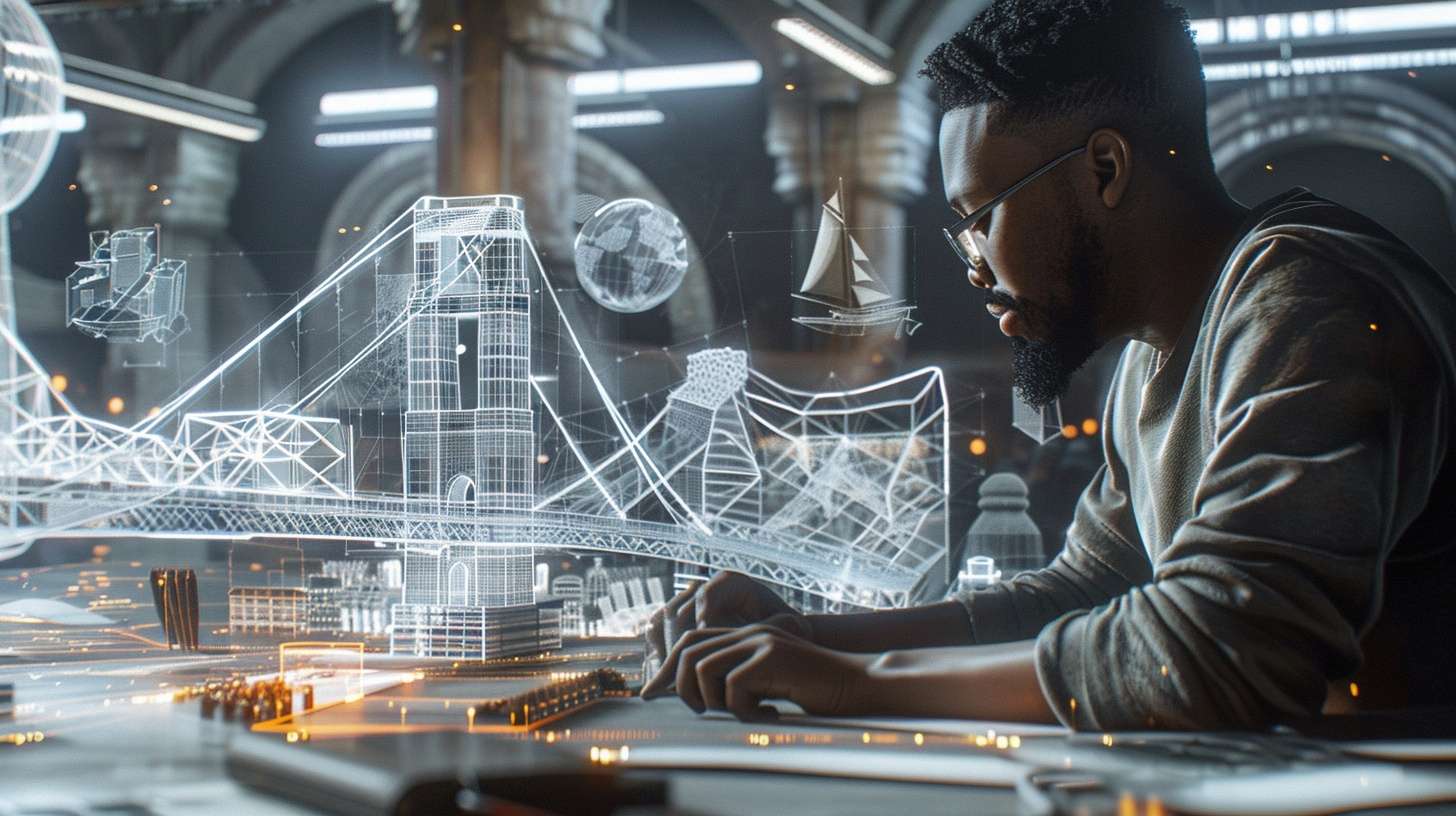
What Are The Most Beautiful Bridges Ever Designed
